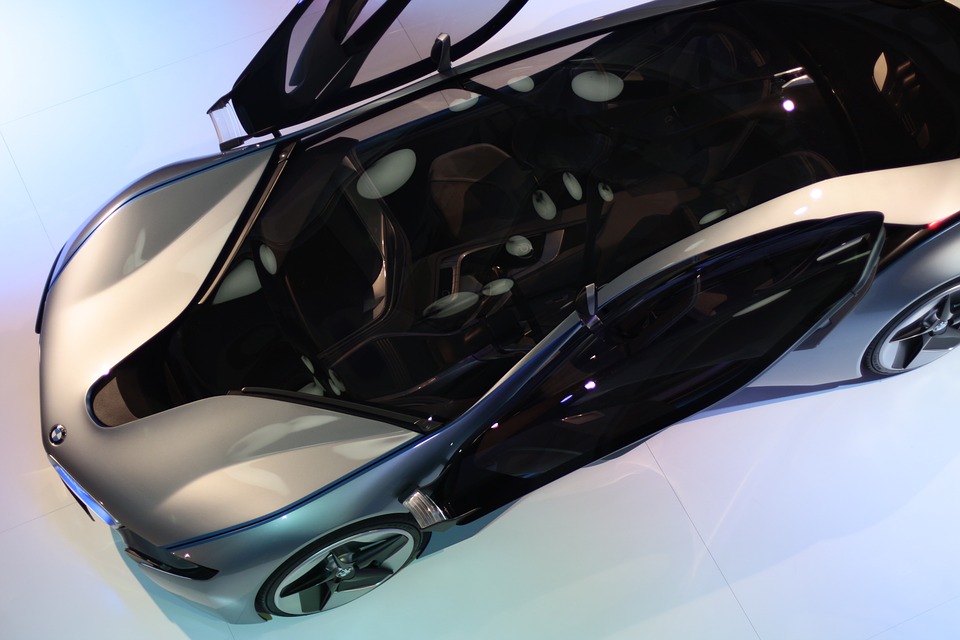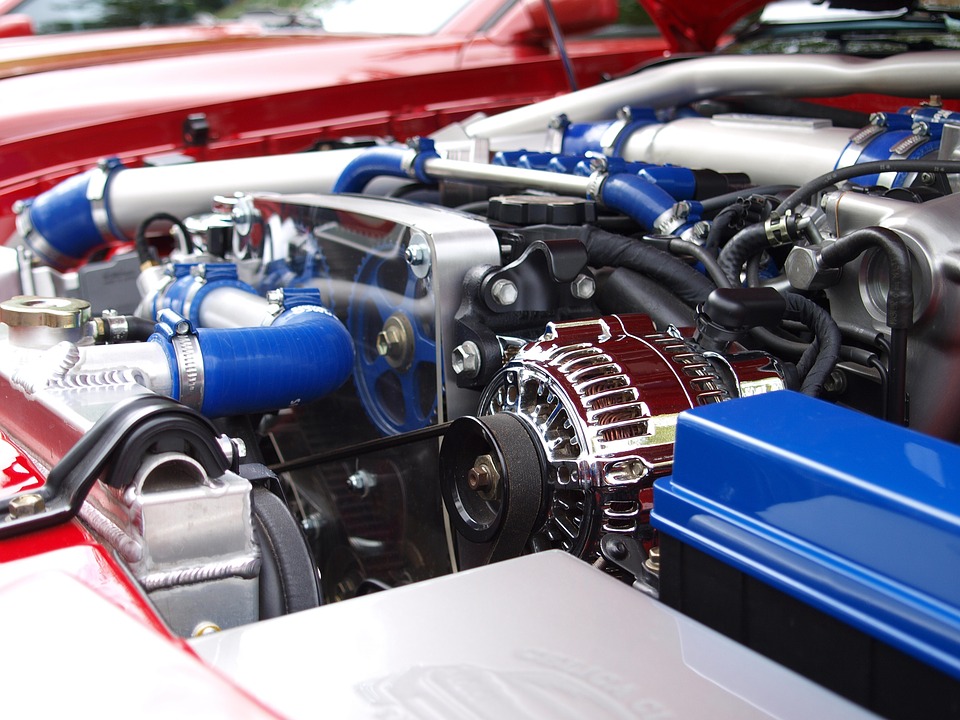You’ve probably seen all kinds of weird cars in science fiction movies. From cars that magically fly to cars that drive themselves to cars that fold down into a briefcase. While all these cars are great and wondrous, how many of them are actually realistic? The answer is probably none. But stay open to being proved wrong. From engineering to mass production to getting a great car insurance comparison, the reality is a far cry from fiction. Technology is constantly evolving, and tomorrow’s cars will be a reflection of an evolved advanced technology.
Materials Improvements

In the “old days,” cars were primarily made out of steel. As materials technology progresses, cars will be made out of high strength, low weight composites. For example, in 2014 carbon fiber is used in some areas, such as the vinyl wrap body trim. The drawback to carbon fiber is that its expensive and difficult to work with. In the future, as it becomes commonplace, carbon fiber will be used extensively. Further into the future, metal/plastic composites will be developed. These composites will be used for body, wheels, and engine building. In a nutshell, materials will be as light as a feather, but yet be stronger than steel (and not to mention far more fuel efficient).
Safety Improvements

Ever since 1998 when federal legislation made airbags mandatory, government has not ceased to create new laws around evolving safety technology. air bags will be as primitive as a stone ax. Perhaps intelligent systems will be developed, that can sense a sudden decrease in velocity and respond accordingly. An advanced air bag will be deployed, which is adjusted to the rate of impact. Conversely, soft foam or other materials will cushion the impact. High strength roll cages will be built right into the body, preventing the car from crushing. You can even think of deploy-able flotation devices, preventing the car from sinking. It all boils down to advanced techniques of protecting the driver and passengers from impact. What will be interesting is seeing how auto insurance changes over time. If self driving cars keep everyone safe from accidents the necessity of insurance may be lower. This may drive down costs of insurance over time.
Design Improvements

The words “mass customization” is used a lot when business experts talk about the future of products. If you want a customized car, it takes a lot of time and money to develop the “look” you want. In the future, a customer will be able to sit down with a designer before the car is manufactured. Together, the designer and the customer will develop a car from the ground up. After the car is drawn up, the designer hits the “SEND” button. The program is sent to the manufacturing floor. Advanced robotics takes over, and in about ten minutes, a car rolls off the line, exactly how the customer wanted it. Furthermore, it will have the engine and interior exactly like the customer ordered it as well.
Powertrain Improvements

Today’s cars rely primarily on internal combustion engines, that use gasoline, ethanol, diesel, or a combination of various fuel blends. While electric cars are becoming increasingly popular, they still do not represent the majority of drivers. As of December 2015 approximately 410,000 highway legal, plug-in electric cars were on the road representing 33% of the global stock. It’s likely that cars in the future will have advanced engine systems that will produce far more horsepower with far less weight. As electrical technology improves so will the power-to-weight ratio of electric motors. Batteries are also a concern. Today’s batteries simply do not store enough power for their weight. In the future, all this will change. Electric motors will far surpass the power output of internal combustion engines. Batteries will be lightweight, yet hold far more electricity. An engine/battery combination may only weigh 50 pounds, but yet produce 500 horsepower.
Granted, flying cars are ideal image of the car of the future, but a multitude of engineering hurdles have to be overcome before cars can fly and be sold commercially. Along side flying cars, we are on the cusp of completing the automated car. The hurdle developers and engineers and racing to overcome is getting a computer to think like and behave like a human being. A more realistic approach is to think how technology will be adapted to cars. It’s not an easy process. From the body to the smallest details such as trim work, designers and engineers are constantly looking for new and advanced approaches to manufacturing the car of the future.

